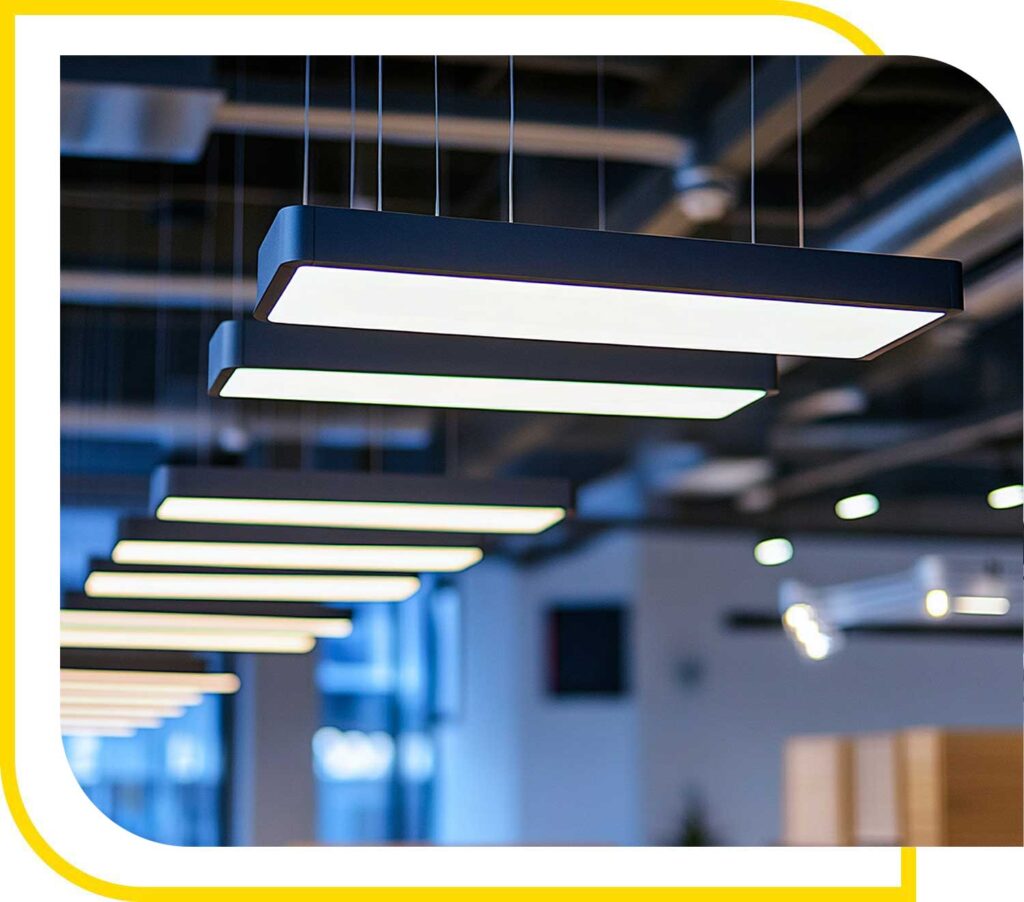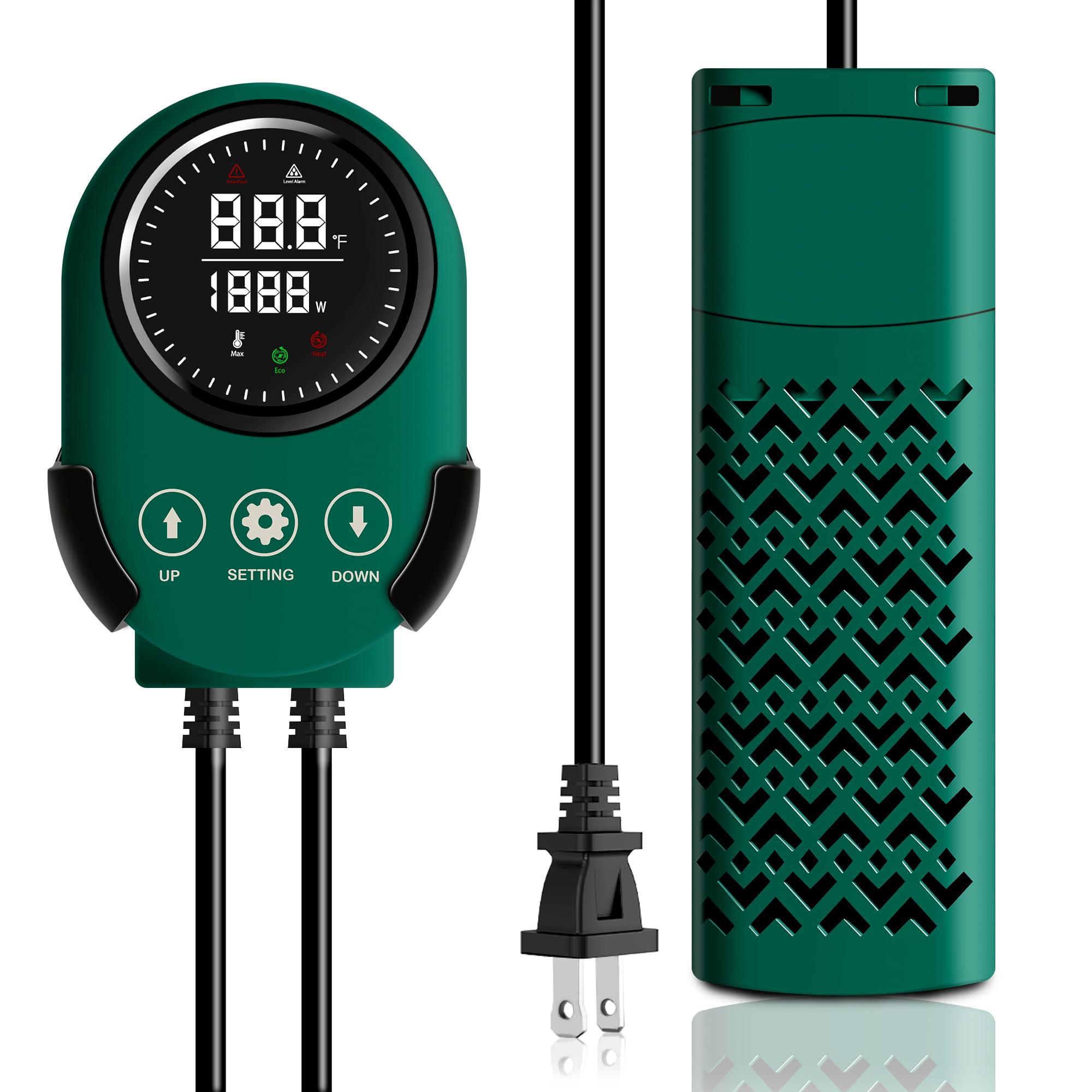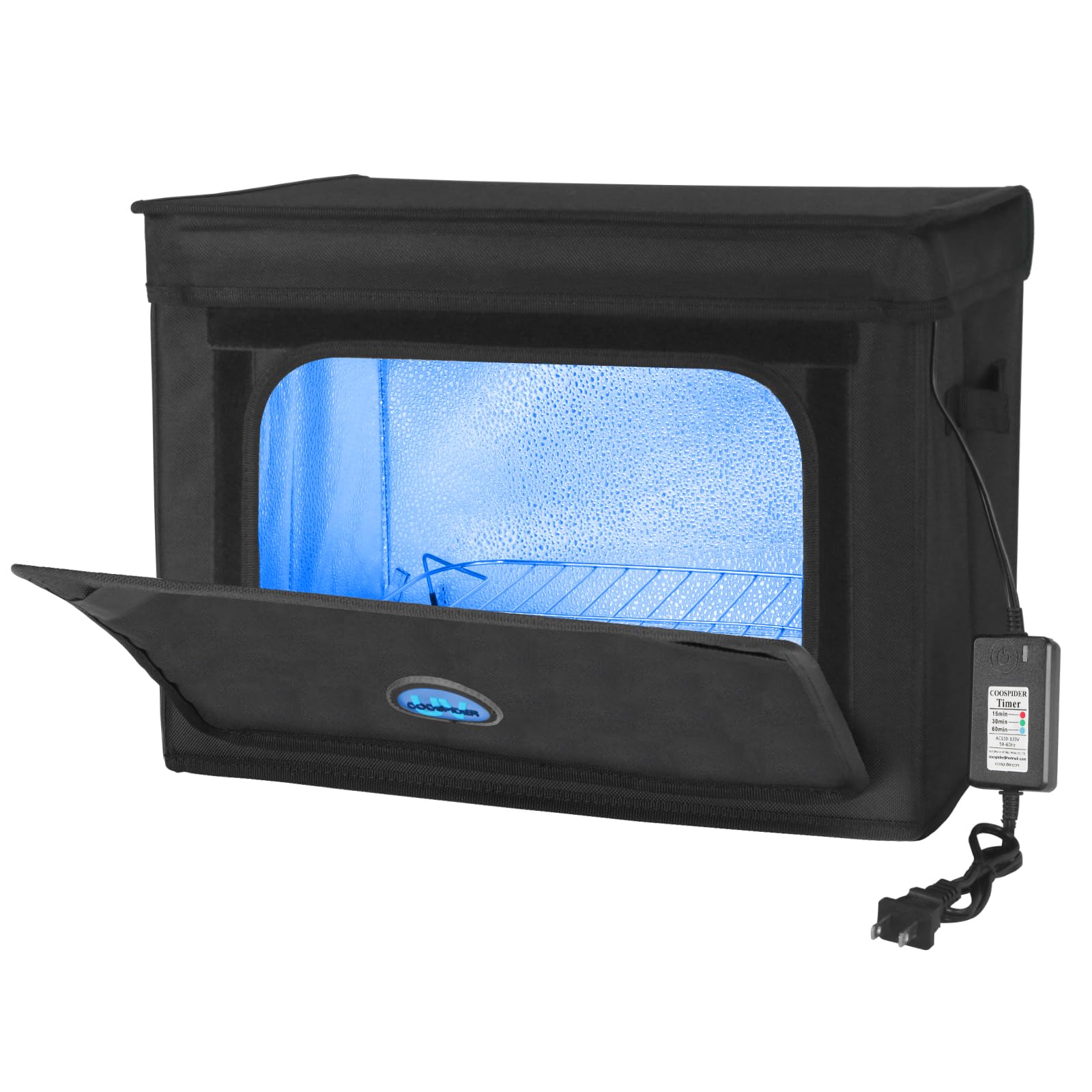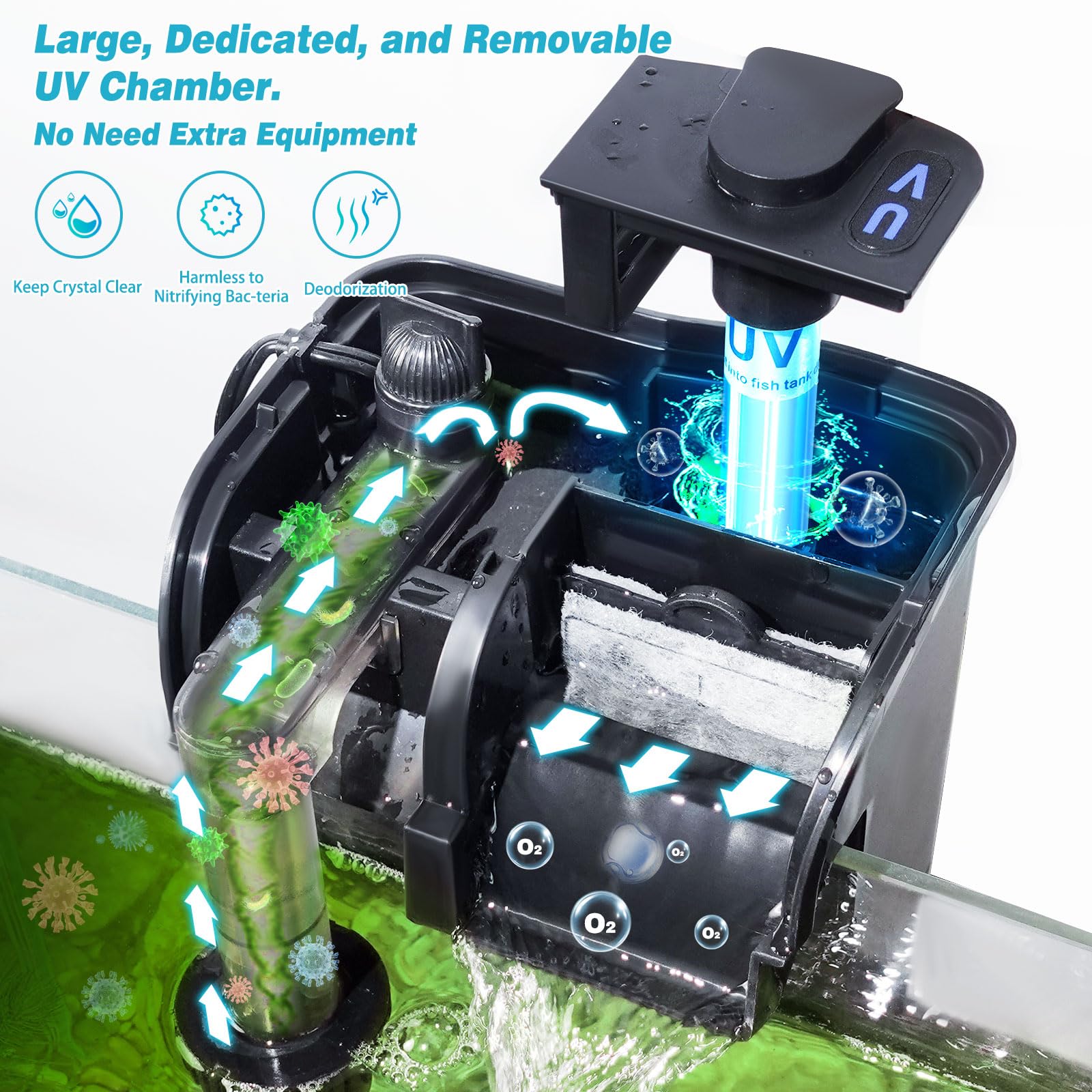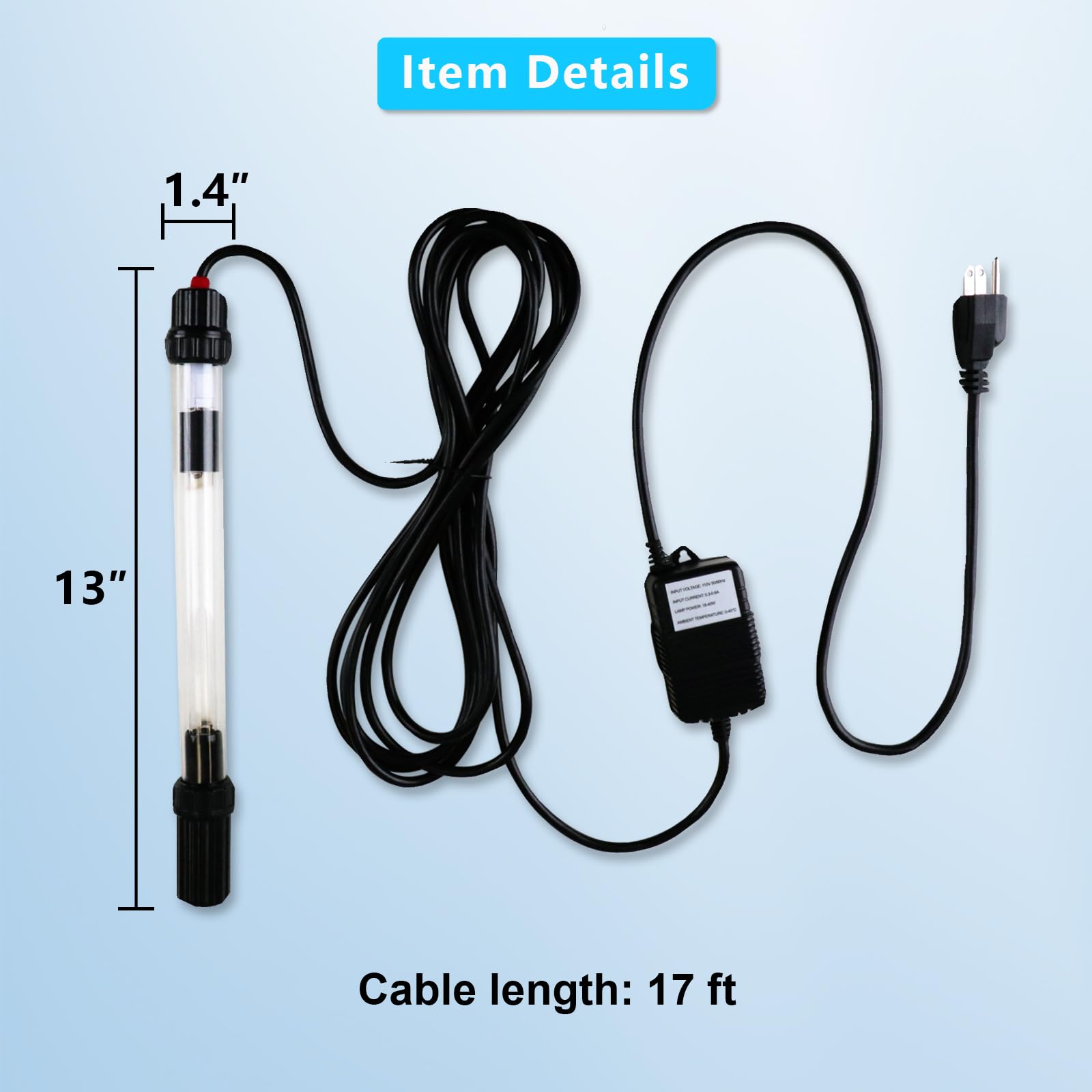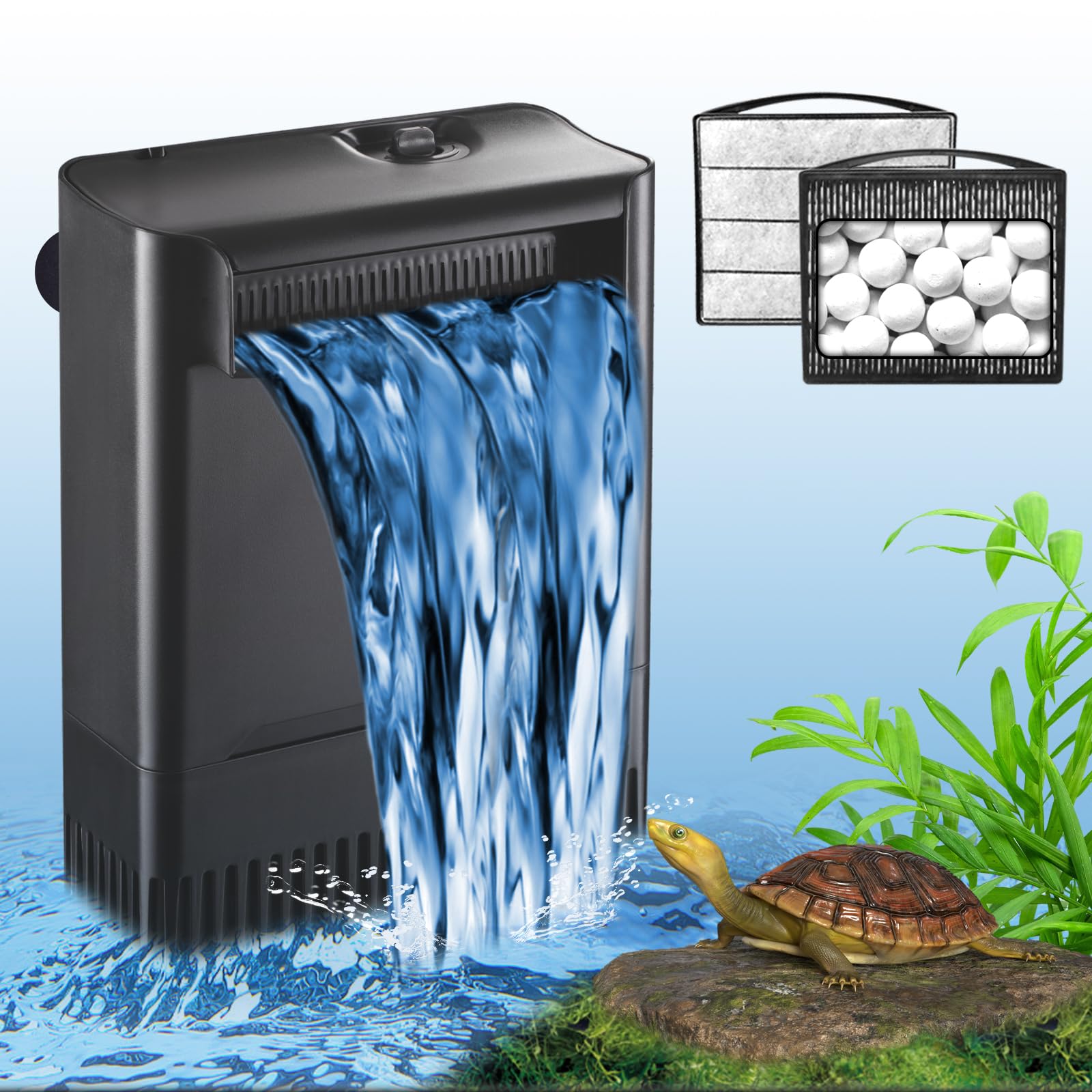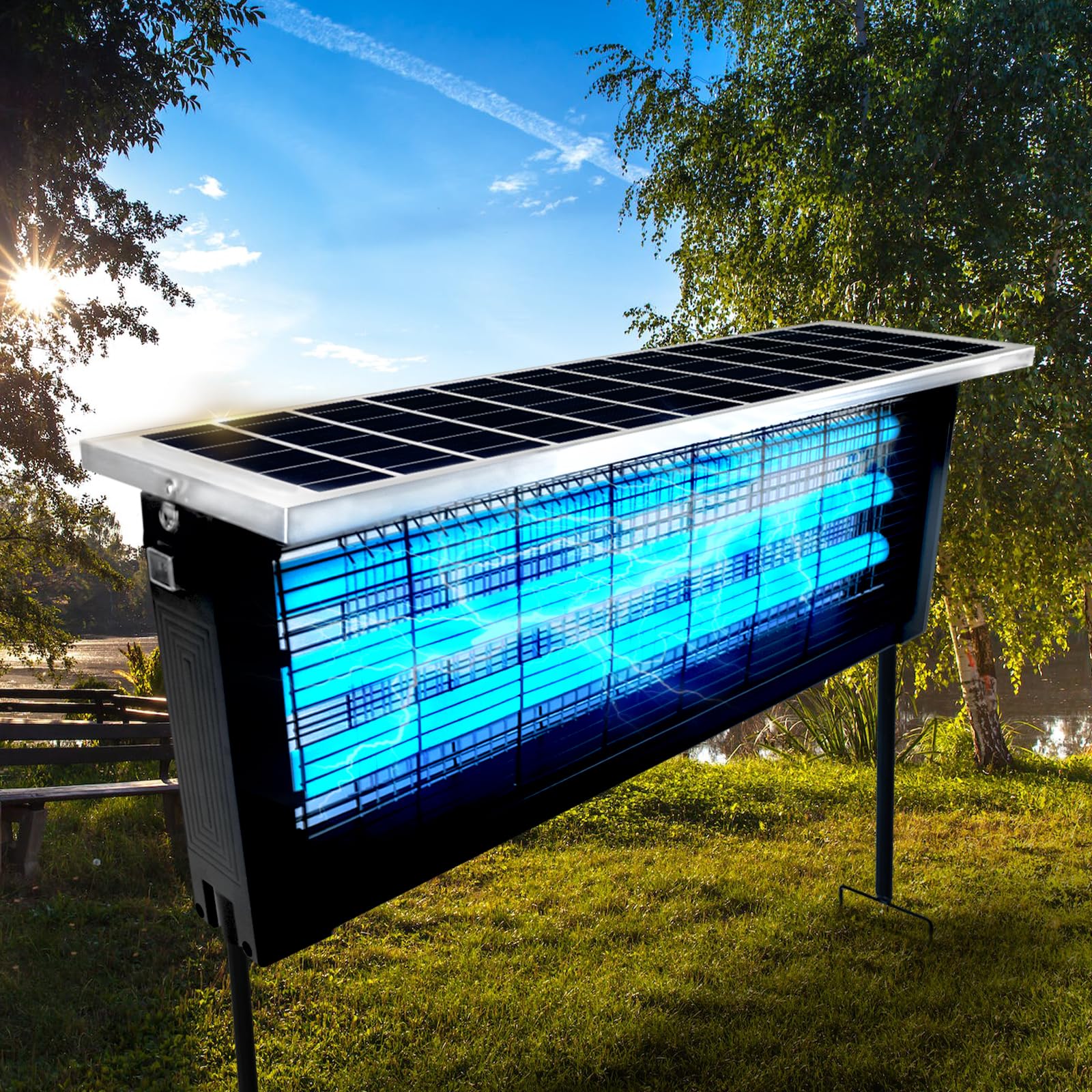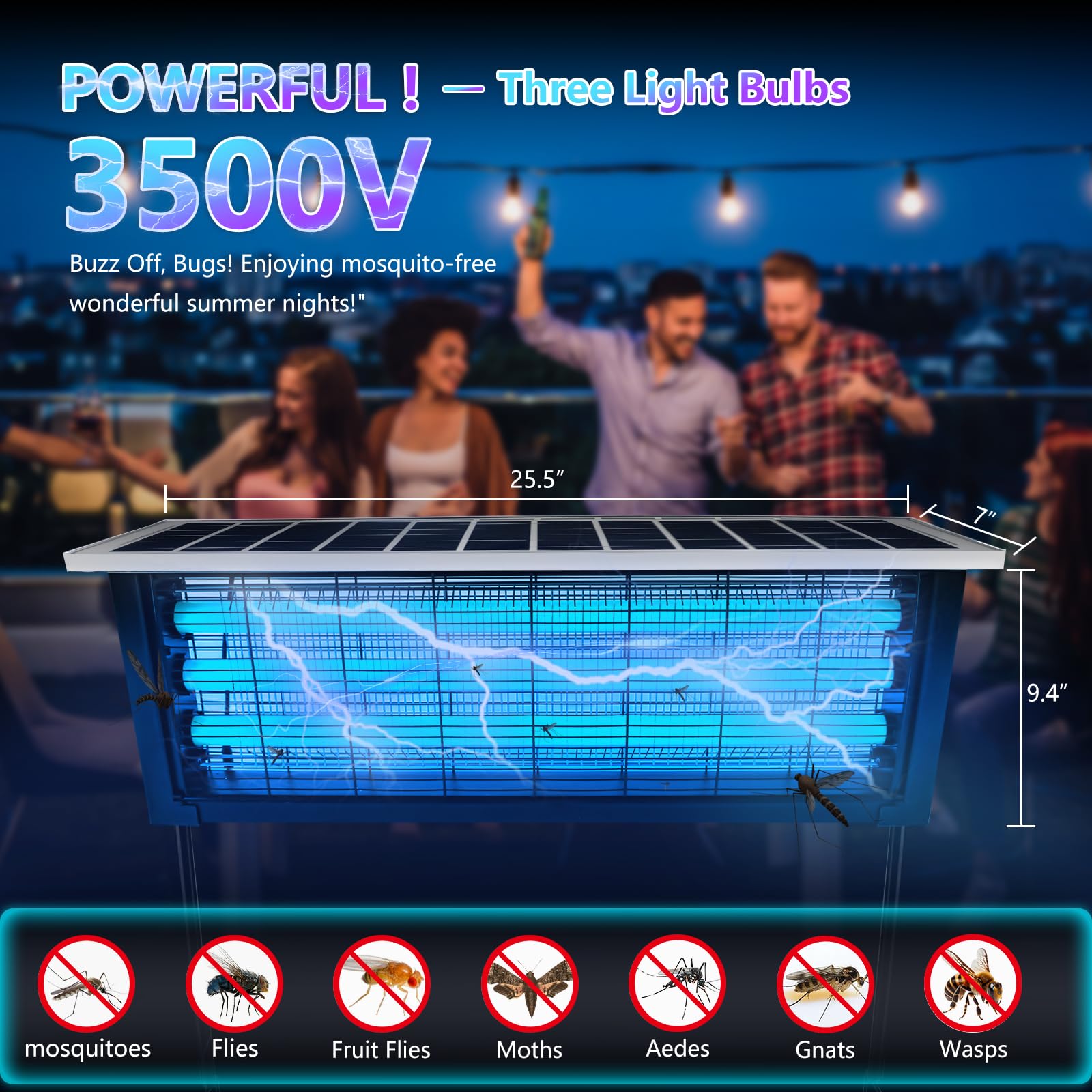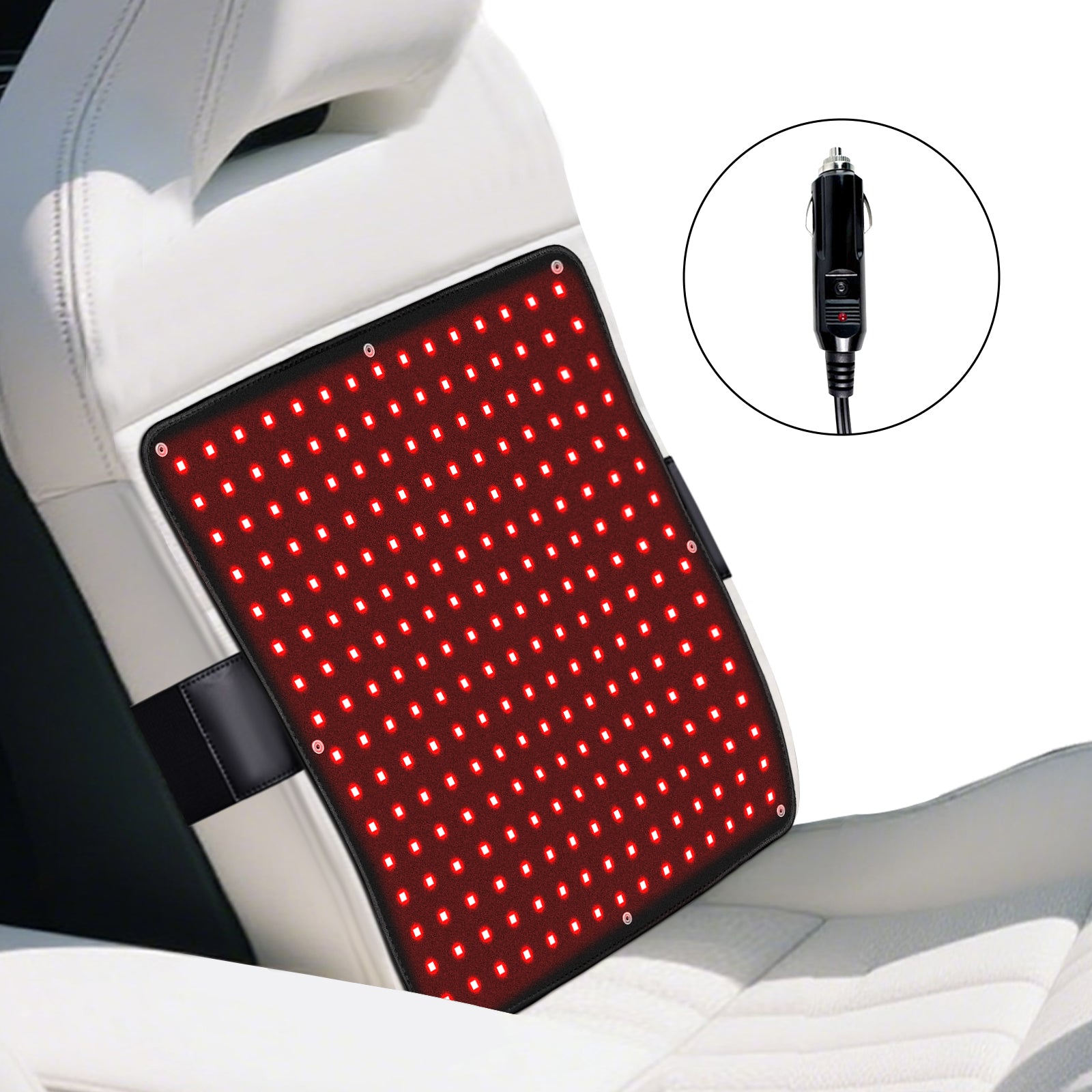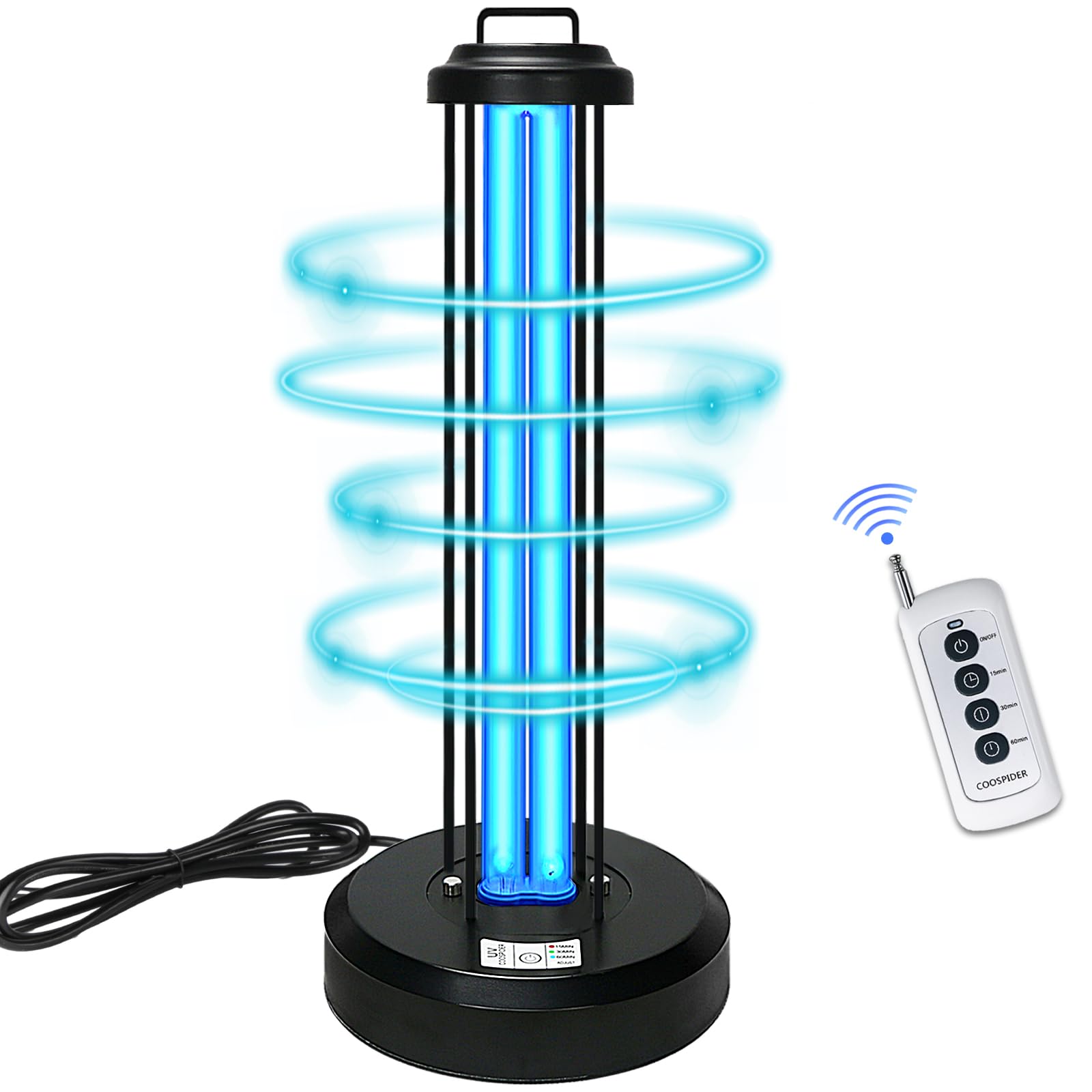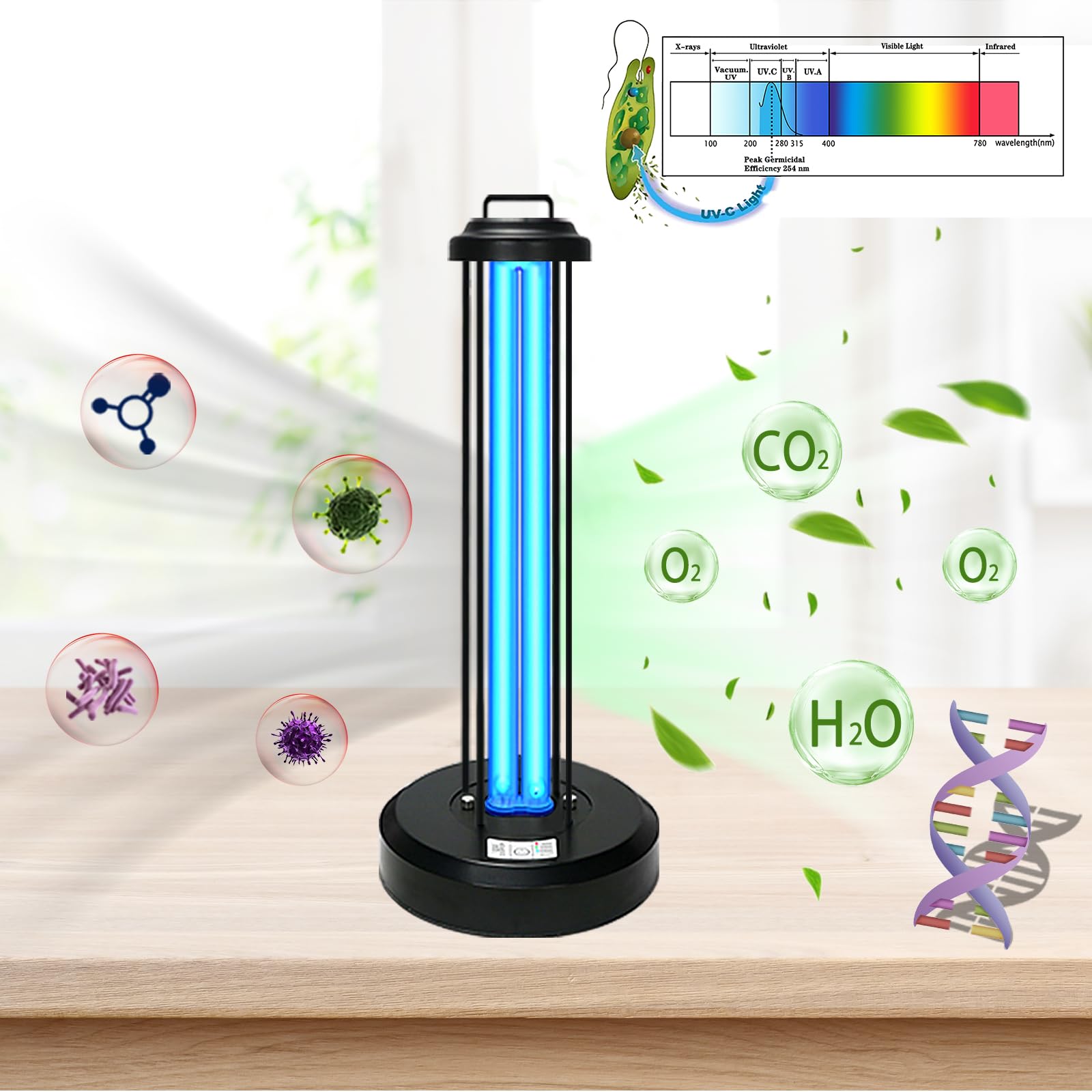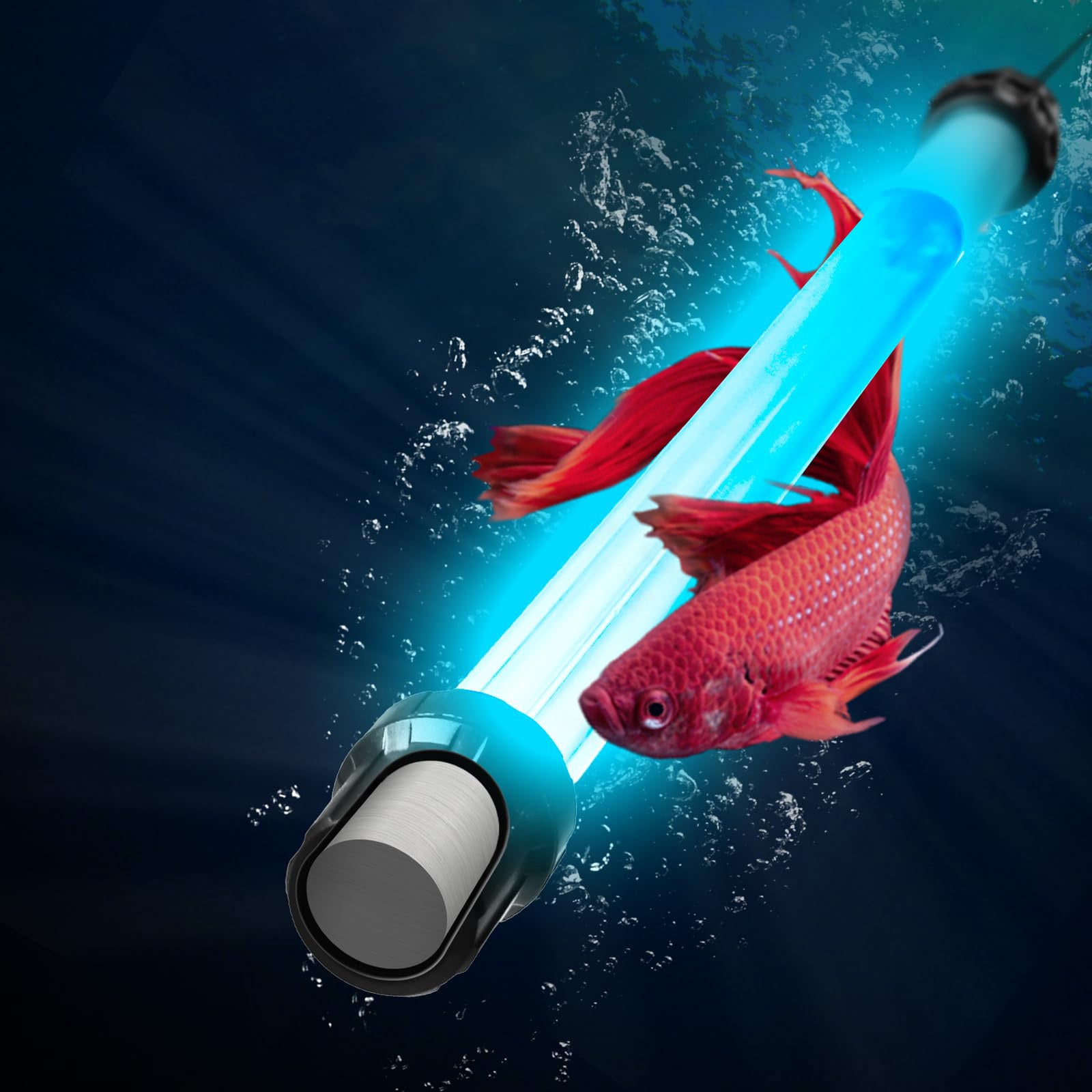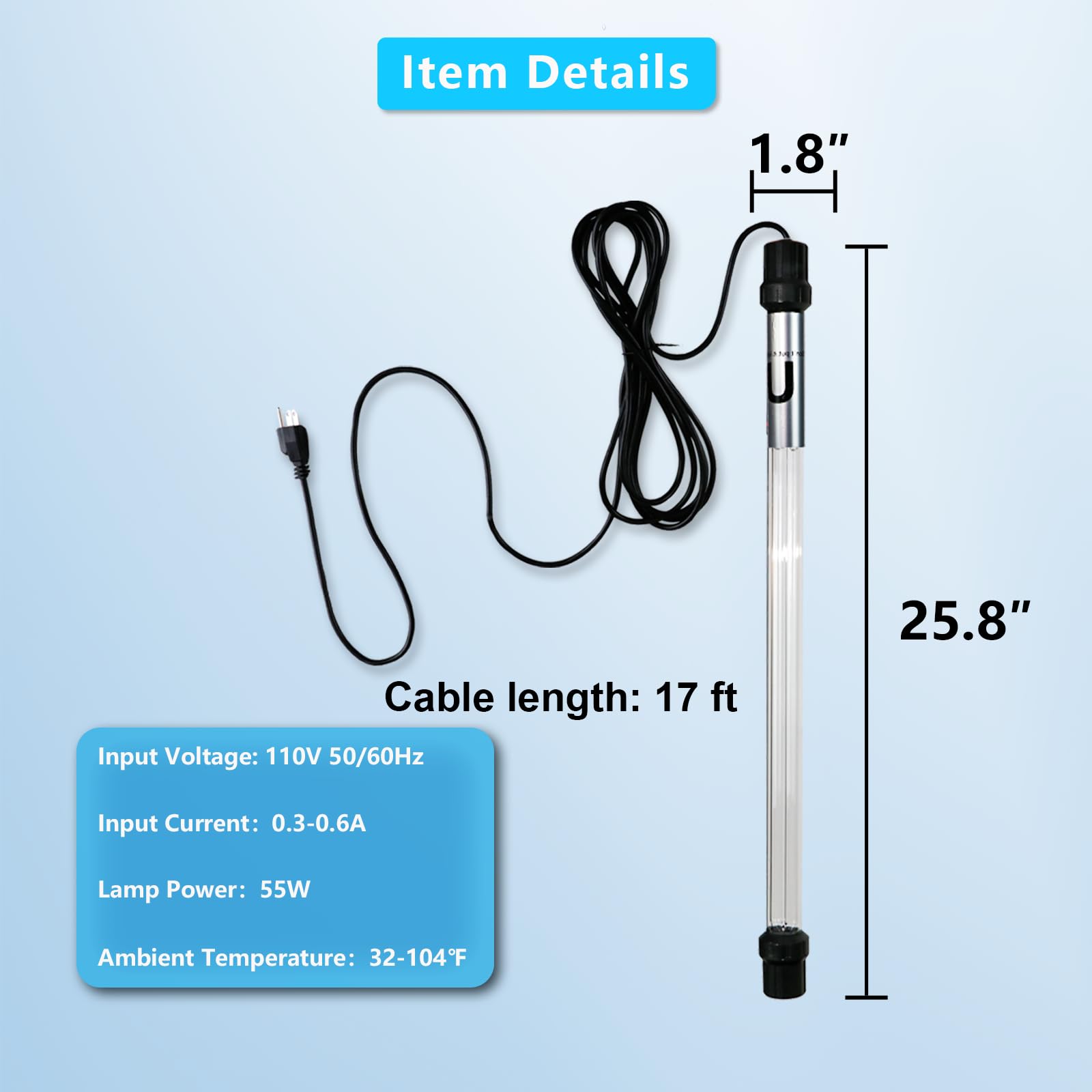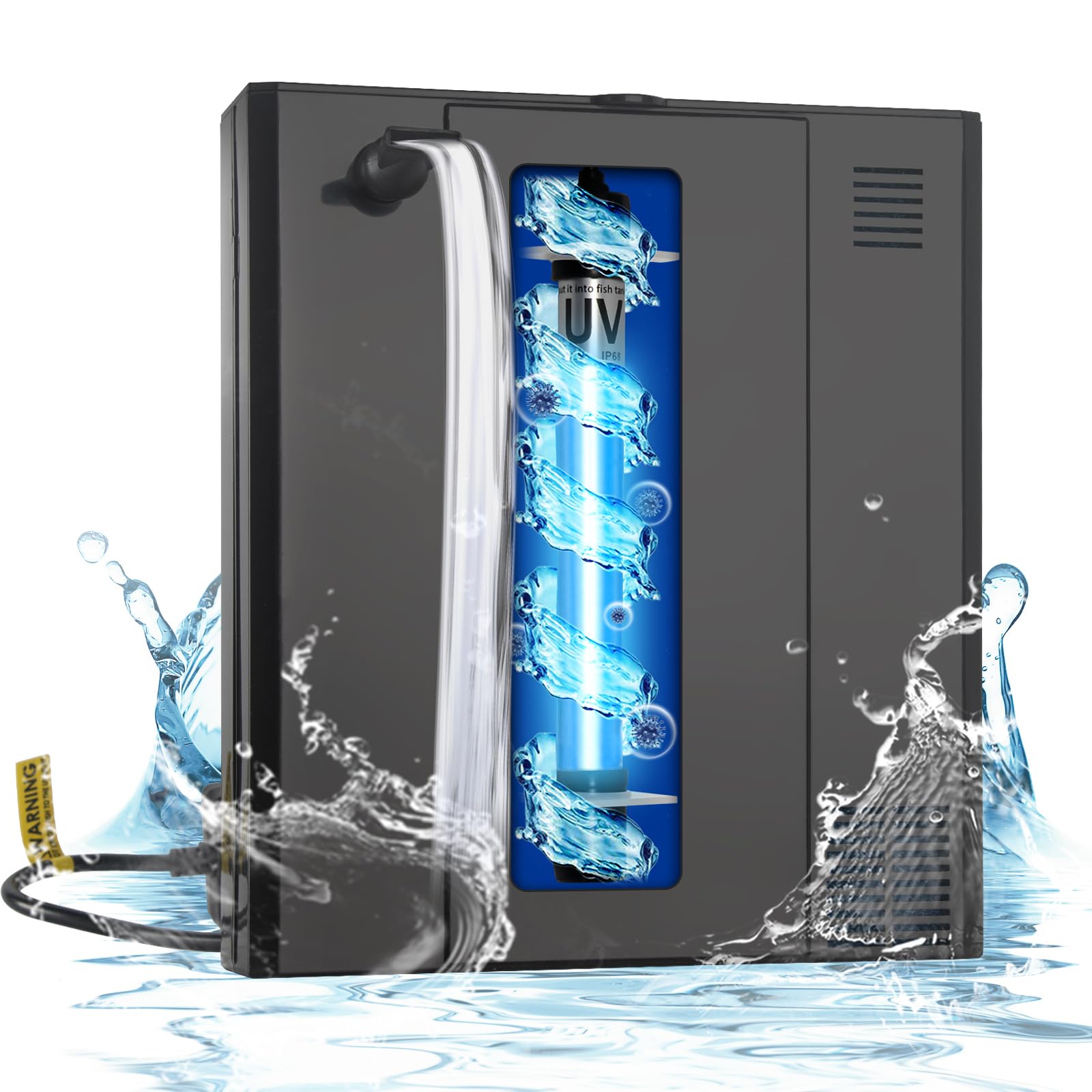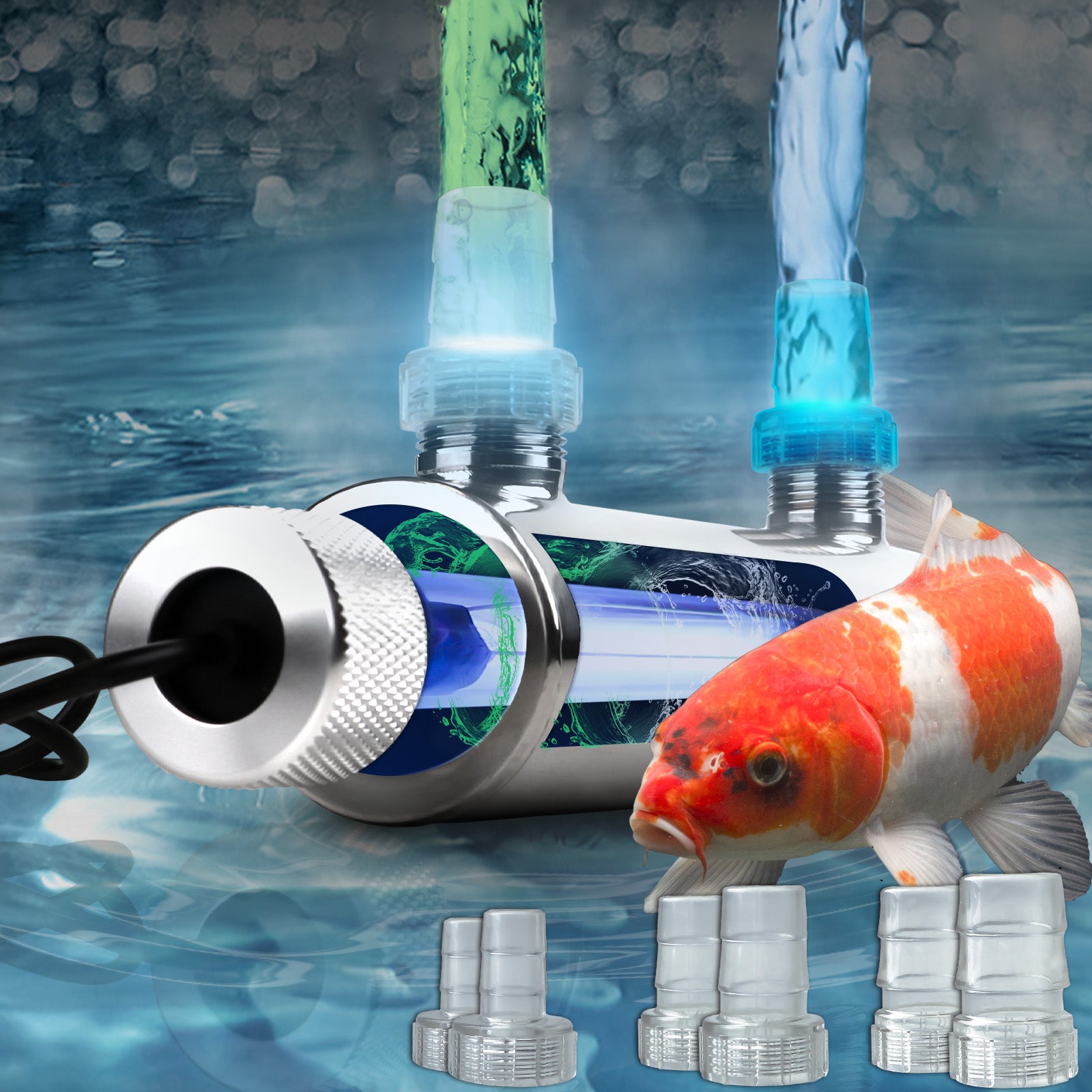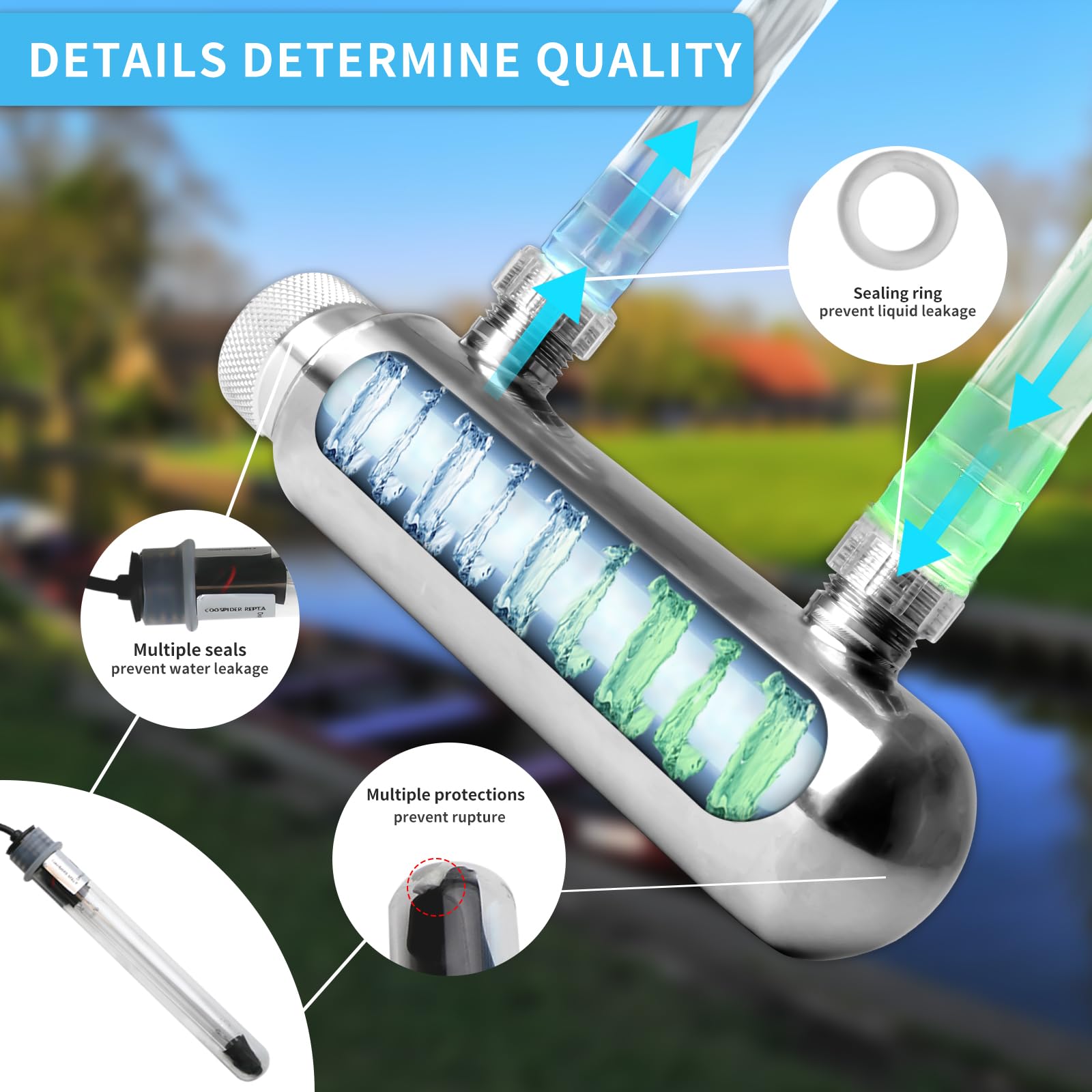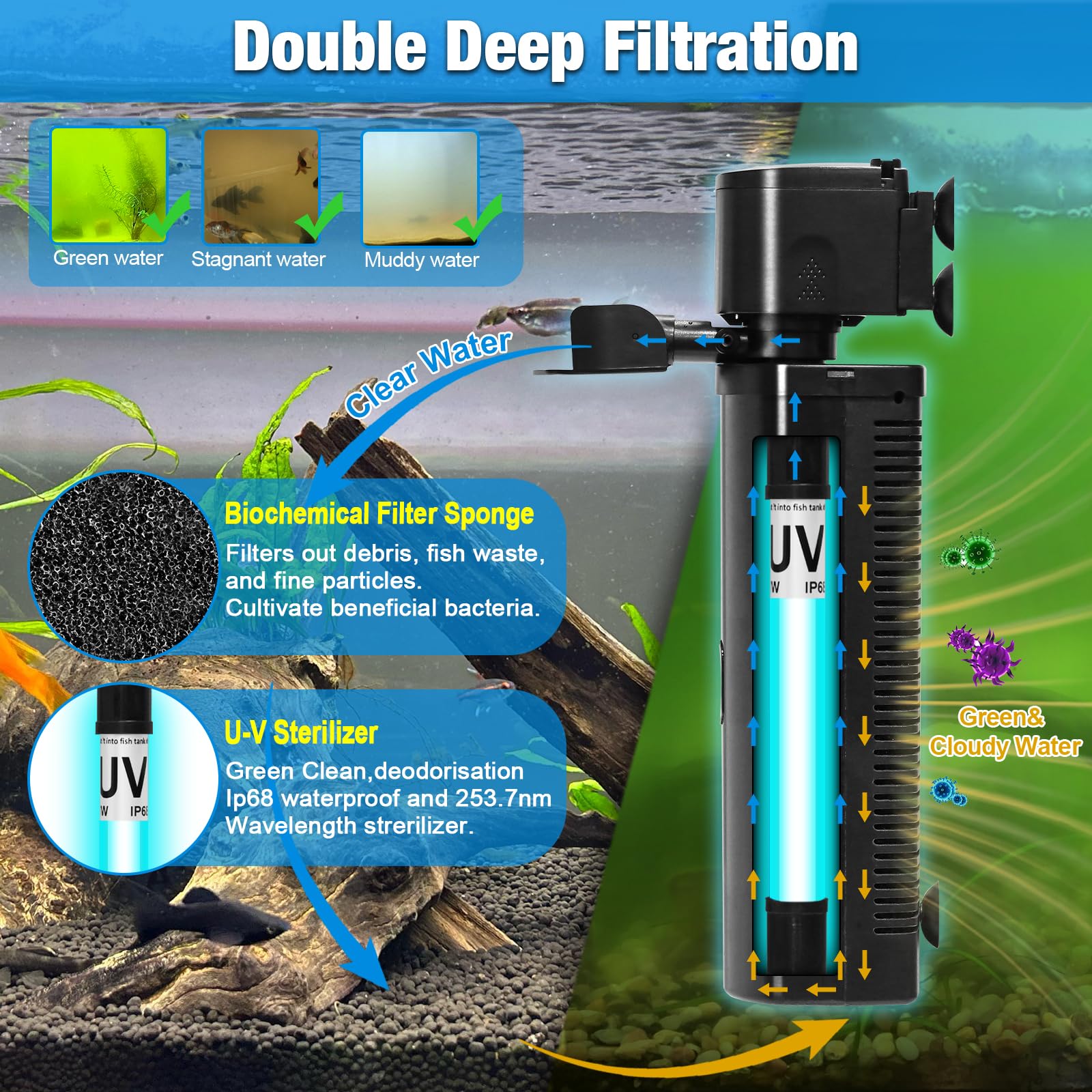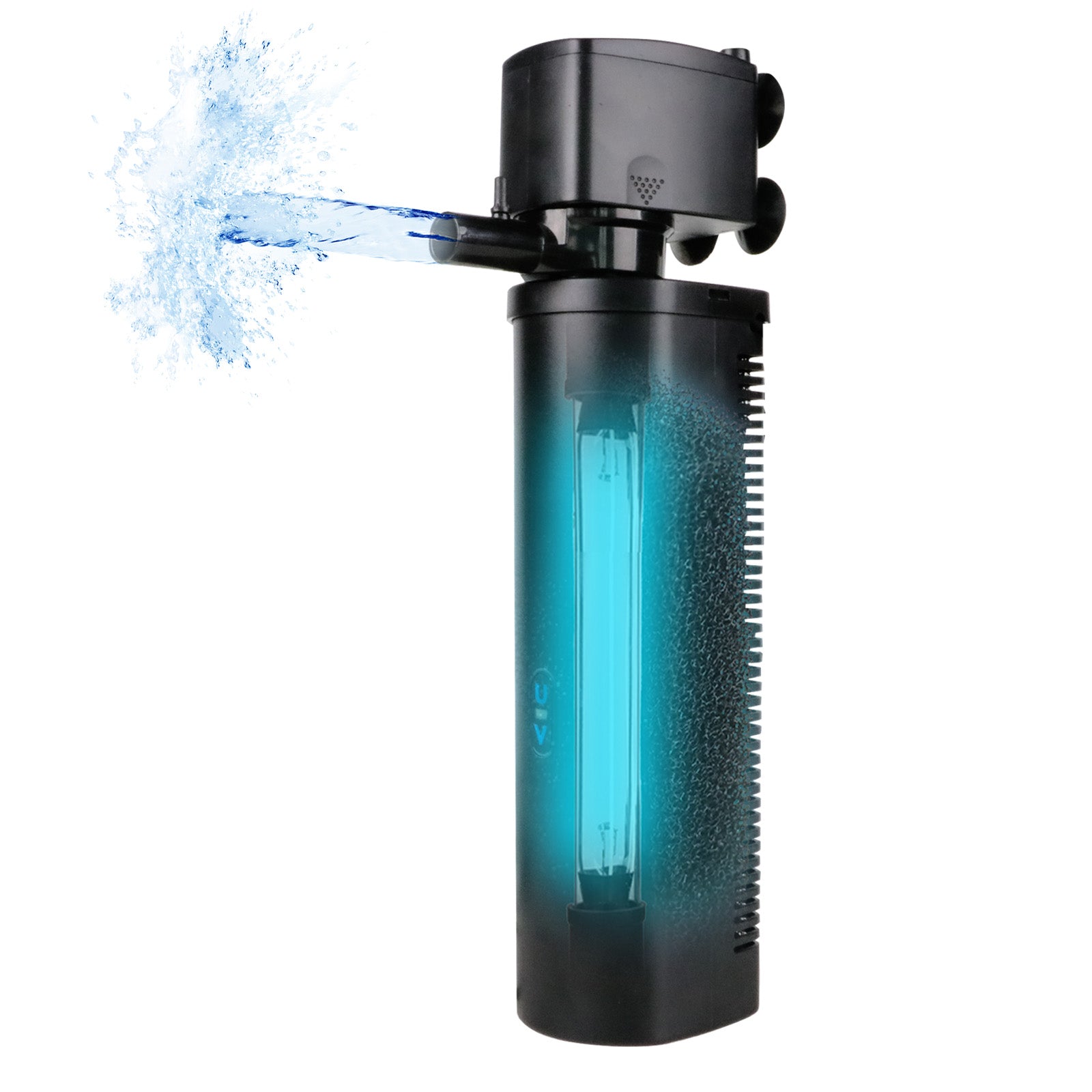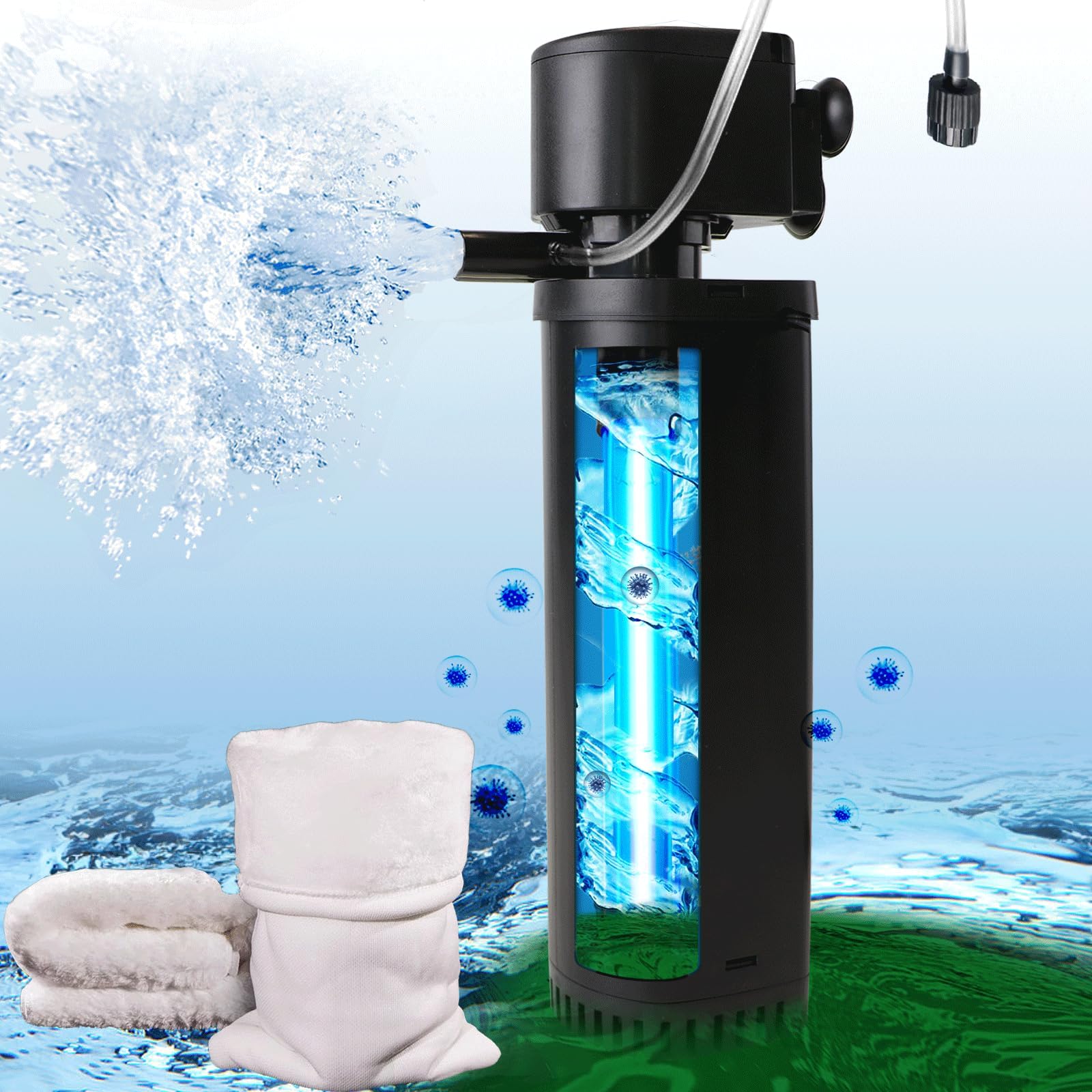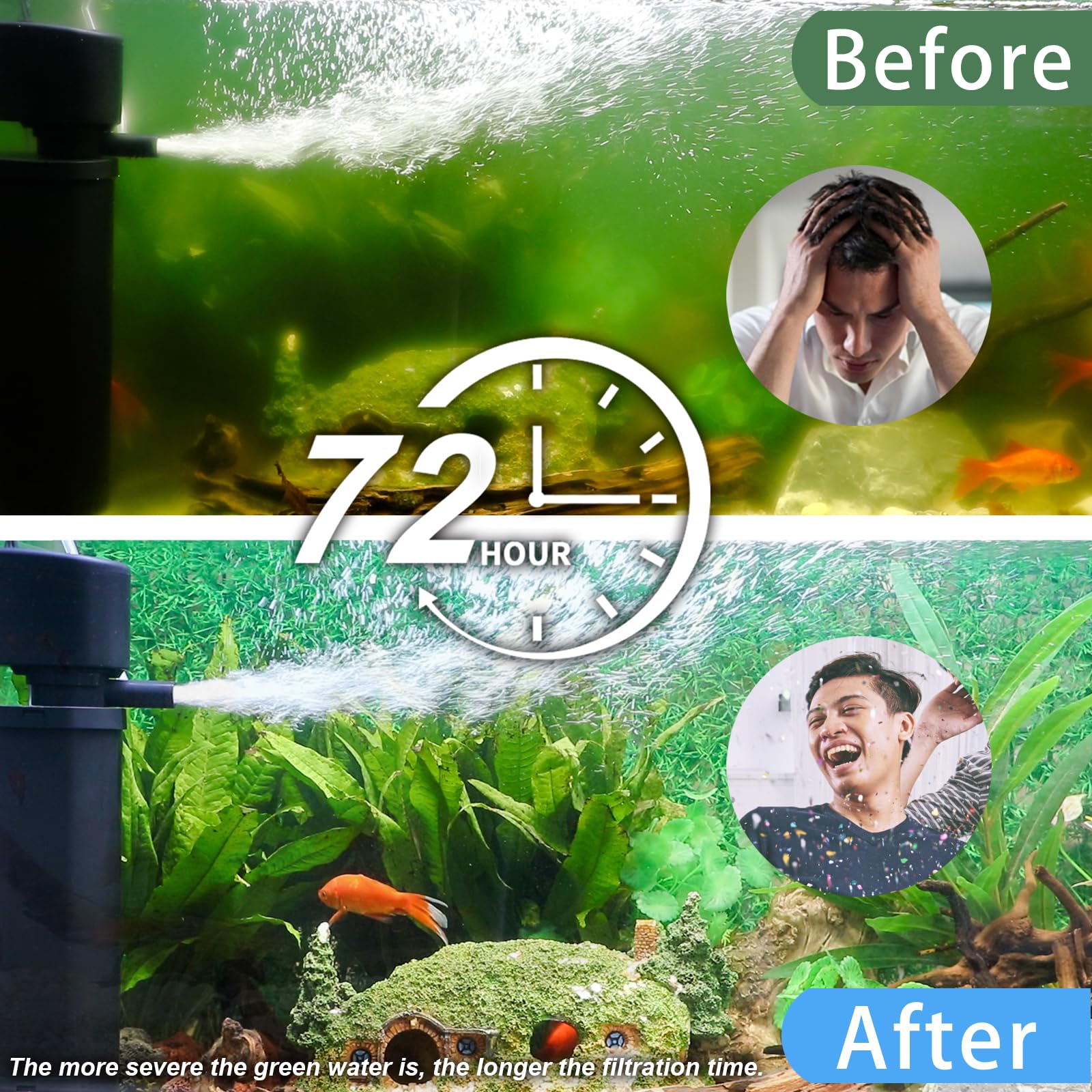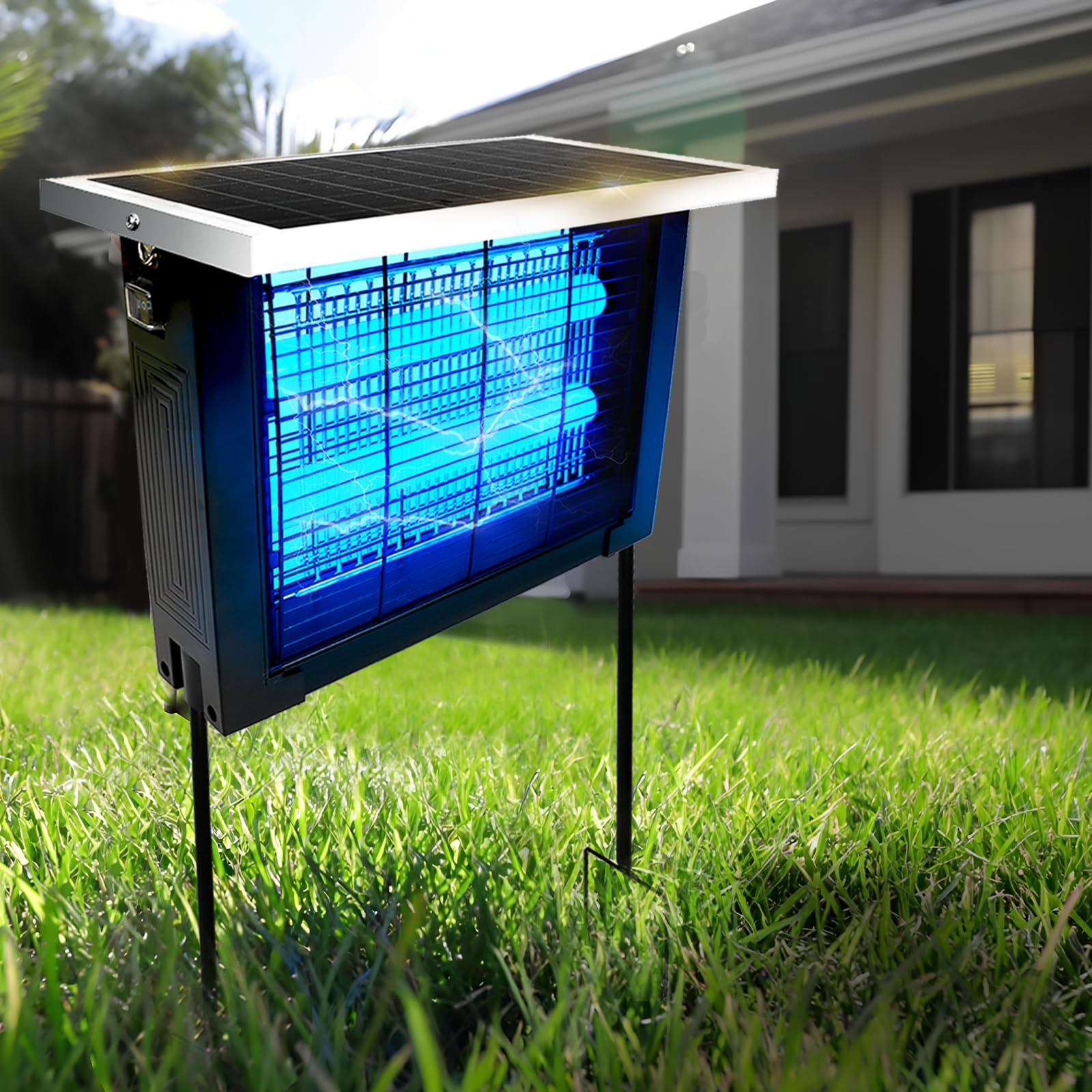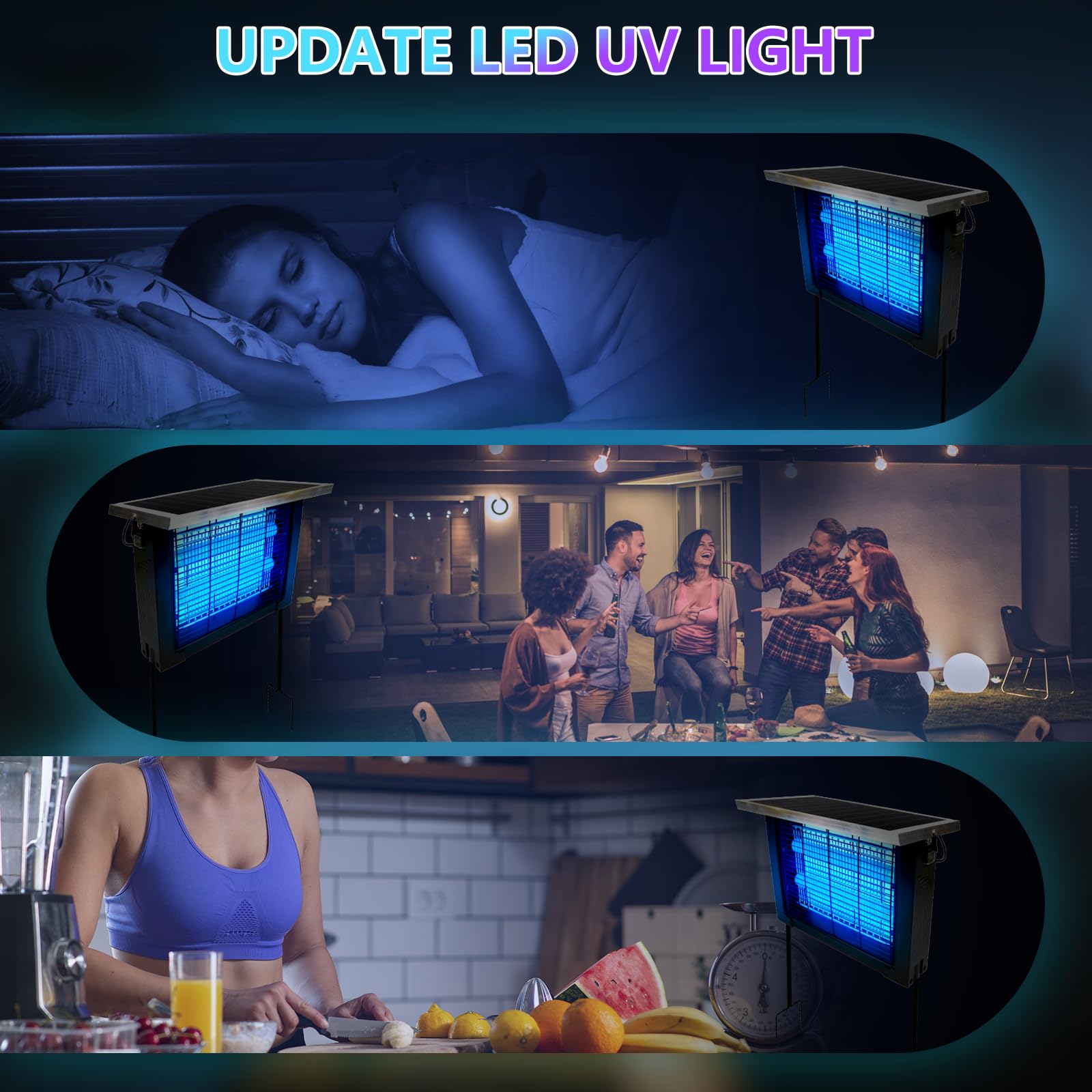Lighting is often one of the most underestimated components in a project. Whether you’re designing an advanced laboratory, outfitting an industrial facility, or upgrading a public infrastructure system, lighting decisions can directly influence performance, safety, and efficiency.
While standard lighting products serve general purposes, they rarely meet the complex demands of specialized environments. That’s where specialty lighting — sometimes referred to as professional-grade or application-specific lighting — becomes indispensable.
This article dives deep into why your project may require specialty lighting, the core advantages of professional fixtures, and how these technologies are shaping the future of design, manufacturing, and research.
1. Understanding Specialty Lighting: What Makes It “Special”?
Before exploring the benefits, it’s essential to define what we mean by “specialty lighting.”
Specialty lighting refers to illumination systems designed for specific technical, environmental, or functional requirements beyond what standard commercial lighting provides. These may include:
-
Extreme temperature tolerance
-
Resistance to chemicals, dust, or vibration
-
Precise color rendering and spectral control
-
High-intensity, focused illumination
-
Explosion-proof or waterproof construction
-
Smart sensing and adaptive control capabilities
Unlike off-the-shelf lighting, these fixtures are engineered with precision optics, customized materials, and advanced electronics that allow them to operate reliably under demanding conditions.
From medical surgery rooms to manufacturing inspection lines, specialty lighting doesn’t just illuminate — it enables performance and safety at a higher level.
2. Precision and Performance: Lighting That Meets Technical Demands
Standard lighting solutions focus on delivering general brightness. But in many technical projects, illumination quality matters as much as quantity.
For example:
-
In a manufacturing line, low color accuracy could cause defects to go unnoticed.
-
In a research laboratory, inconsistent lighting could skew analytical results.
-
In a medical facility, poor illumination could affect diagnostic accuracy.
Specialty lighting delivers precision performance, ensuring optimal brightness, color fidelity, and focus.
High Color Rendering Index (CRI)
Many specialty fixtures have a CRI above 90 or even 95, meaning they reproduce colors with near-daylight accuracy. This is vital for tasks such as quality inspection, color matching, and medical analysis.
Consistent Luminance and Beam Control
Professional-grade fixtures often use optical lenses or reflectors to maintain even light distribution without flicker or glare. Engineers can adjust beam angles to match the exact requirements of a workspace or machine vision system.
Stable Output Across Environments
Unlike consumer LEDs, specialty lights maintain stable output even under voltage fluctuations, extreme cold, or high heat. This makes them ideal for industrial or outdoor applications where reliability is non-negotiable.
3. Durability and Reliability: Built to Survive Harsh Conditions
Durability is one of the hallmarks of professional lighting. In industrial or scientific projects, downtime caused by lighting failure can be costly — sometimes catastrophic.
Specialty lights are built with rugged materials and robust engineering to survive demanding conditions such as:
-
Extreme temperatures: from -40°F freezers to 500°F furnaces.
-
Vibration and impact: found in heavy manufacturing, aerospace, or mining.
-
Chemical exposure: common in laboratories and processing plants.
-
Moisture and dust: challenges in food processing or outdoor installations.
Certified for Safety and Performance
Professional fixtures often carry certifications such as UL, CE, ATEX, IECEx, or NSF, proving they meet strict standards for safety and performance.
Sealed and Protected Designs
IP-rated enclosures (e.g., IP65, IP68) protect against dust and water ingress. Explosion-proof housings prevent ignition in hazardous locations like refineries or paint booths.
Longevity That Saves Costs
While the upfront cost of specialty lighting is higher, its service life and reliability drastically reduce maintenance expenses over time. Many systems last 50,000 to 100,000 hours, operating continuously for years without failure.
In environments where replacing a failed fixture requires shutting down equipment or entering restricted zones, this reliability is invaluable.
4. Energy Efficiency and Sustainability
Modern specialty lighting has evolved beyond durability — it’s also a leader in energy efficiency. High-performance LEDs and intelligent control systems can dramatically reduce energy use compared to traditional metal halide or fluorescent lighting.
Smart Controls and Automation
Many specialty lighting systems now integrate sensors that detect motion, ambient light levels, and occupancy. This allows automatic dimming, scheduling, and on/off control, reducing unnecessary power consumption.
For large-scale facilities, lighting networks can connect to building management systems (BMS) or IoT platforms, offering real-time monitoring, predictive maintenance, and energy analytics.
Reduced Heat Output
Unlike older lighting technologies, LEDs generate minimal heat, which reduces cooling costs in climate-controlled environments like laboratories or data centers.
Environmentally Responsible Materials
Professional manufacturers are increasingly using recyclable components, lead-free solder, and eco-friendly coatings, aligning with global sustainability standards such as RoHS and REACH.
For businesses pursuing green building certifications (LEED, WELL, or BREEAM), specialty lighting contributes to both energy credits and human wellness metrics.
5. Safety and Compliance: Meeting Industry Standards
Every industry has unique safety requirements, and lighting is often part of the regulatory framework. Specialty lighting is designed to comply with specific codes, standards, and safety certifications that ensure operational integrity.
Explosion-Proof and Intrinsically Safe Fixtures
In petrochemical, mining, or aerospace sectors, lighting must not create ignition risks. Certified explosion-proof fixtures contain any internal sparks, while intrinsically safe systems limit electrical energy below ignition thresholds.
Sterile and Hygienic Lighting
In healthcare, pharmaceutical, and food processing applications, lights must prevent bacterial growth and withstand cleaning agents. Seamless, sealed designs eliminate crevices where contaminants could accumulate.
Photobiological Safety and UV Control
In laboratories or cleanrooms where UV light is used, professional systems ensure that exposure levels stay within safe limits. Shielded housings and controlled wavelengths protect personnel from radiation risks.
Compliance Documentation
Manufacturers of specialty lighting typically provide detailed compliance data sheets — covering everything from electromagnetic interference (EMI) to thermal management — helping project engineers meet regulatory inspection requirements effortlessly.
6. Customization: Lighting Tailored to Your Environment
Unlike standard commercial fixtures, professional lighting solutions can be custom-engineered to fit exact project specifications.
Adjustable Optics and Mounting
Special lenses, reflectors, and beam shapers allow designers to tailor light spread to the workspace. Fixtures can be mounted on ceilings, walls, machinery, or mobile platforms — wherever light is needed most.
Tunable White and Color Control
Advanced LED technology allows users to adjust color temperature (from warm to cool) or even full RGB color control for visual contrast or testing applications.
Integrated Sensors and Smart Features
Lighting can be paired with sensors for motion detection, air quality monitoring, or temperature feedback — turning fixtures into multifunctional smart devices.
Form Factor and Material Options
From stainless steel housings for corrosive environments to lightweight aluminum for aerospace, customization ensures optimal performance and aesthetics across sectors.
This adaptability means specialty lighting isn’t one-size-fits-all — it’s one-size-fits-your-project.
7. Enhanced Human Factors: Comfort, Health, and Productivity
Lighting influences how people feel, perform, and interact with their environment. Specialty lighting is increasingly designed with human-centric principles, blending ergonomics, visual comfort, and biological rhythm support.
Reduced Glare and Eye Strain
Optically engineered diffusers and anti-glare coatings improve visual comfort, especially in workplaces requiring intense concentration — such as control rooms, laboratories, or precision assembly stations.
Circadian Lighting Systems
Tunable white LEDs can simulate natural daylight cycles, supporting human circadian rhythms. In 24-hour facilities like hospitals or data centers, this can improve sleep patterns, alertness, and overall well-being.
Psychological and Aesthetic Benefits
Color temperature and intensity affect mood and perception. Warm lighting can create a welcoming atmosphere in public spaces, while cooler light enhances focus in technical environments.
Noise and Flicker Reduction
Professional fixtures are designed for flicker-free performance with stable drivers, preventing headaches and fatigue associated with lower-quality lights.
By addressing human factors, specialty lighting not only enhances efficiency but also contributes to safer, healthier, and more pleasant workspaces.
8. Application Versatility: From Factories to Laboratories
The adaptability of specialty lighting is one of its greatest strengths. Here are some of the industries where professional fixtures make a measurable difference:
Manufacturing and Industrial Production
-
Task lighting for assembly and inspection lines
-
Explosion-proof systems for hazardous areas
-
Machine vision lighting for automated inspection
Scientific Research and Laboratories
-
Cleanroom lighting with sterilizable surfaces
-
Spectrally controlled LEDs for microscopy and analysis
-
UV and IR lighting for chemical and biological research
Healthcare and Medical Facilities
-
Surgical and examination lighting with high CRI
-
Tunable white light in recovery areas
-
Diagnostic illumination for imaging and lab work
Aerospace and Defense
-
Ruggedized lighting for maintenance hangars
-
Infrared and UV lighting for specialized operations
-
Lightweight, vibration-resistant designs for aircraft interiors
Food and Beverage Production
-
Waterproof, easy-to-clean lighting systems
-
True-color inspection for quality assurance
-
UV-C sterilization lighting for sanitation
Public Infrastructure and Transportation
-
Tunnel and railway lighting with adaptive brightness
-
Weather-resistant outdoor fixtures
-
Energy-efficient systems for airports and terminals
In each case, specialty lighting bridges the gap between standard functionality and mission-critical performance, allowing projects to meet both operational and regulatory goals.
9. Long-Term Value: Why Investing in Specialty Lighting Pays Off
While specialty lighting typically costs more upfront than general-purpose products, its total cost of ownership (TCO) is significantly lower over time.
Lower Maintenance Costs
Longer lifespans and durable construction mean fewer replacements and reduced labor costs.
Higher Operational Efficiency
Optimized illumination improves productivity and accuracy, directly impacting output and profitability.
Fewer Accidents and Downtime
Enhanced visibility and safety reduce workplace incidents and unplanned outages.
Energy and Environmental Savings
High-efficiency LEDs and smart controls minimize electricity use, cutting both costs and carbon footprint.
Better Asset Longevity
Improved lighting can even extend the lifespan of nearby equipment by minimizing heat and vibration exposure.
For organizations measuring performance in decades rather than months, the ROI of specialty lighting is clear, measurable, and long-lasting.
10. The Future of Specialty Lighting: Intelligent, Connected, and Adaptive
The lighting industry is undergoing a revolution. What was once static illumination is now intelligent infrastructure — responsive, data-driven, and integrated.
IoT and Data Analytics
Modern fixtures collect data on usage, temperature, and energy consumption. This allows predictive maintenance, remote diagnostics, and performance optimization in real time.
Adaptive Lighting Systems
These systems automatically adjust brightness and color temperature based on human presence, ambient light, or even task complexity — blending comfort with energy efficiency.
Integration with Robotics and Automation
In smart factories and research facilities, lighting can communicate with robots, cameras, and sensors to synchronize with automated workflows.
Sustainable Innovation
The next generation of specialty lighting focuses on recyclability, modular upgrades, and renewable energy integration — paving the way for a more sustainable industry.
Lighting is no longer a passive background element — it’s an active participant in modern technology ecosystems.
Conclusion: Lighting Beyond Illumination
Your project’s success depends on precision, performance, and safety — all of which start with the right light.
Specialty lighting is not a luxury; it’s a necessity for environments where accuracy, durability, and compliance are non-negotiable. Professional-grade fixtures bring measurable advantages: improved visibility, enhanced safety, reduced energy costs, and long-term reliability.
From industrial plants to research laboratories, the right lighting system doesn’t just illuminate — it empowers innovation, protects people, and enhances every aspect of your operation.
In today’s competitive and technology-driven world, investing in specialty lighting means investing in the clarity, efficiency, and excellence that define truly successful projects.

